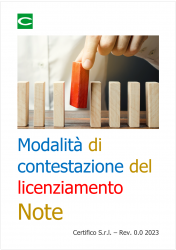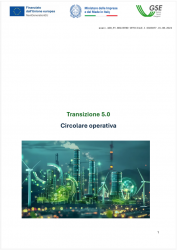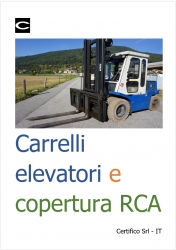Convention on Psychotropic Substances
| ID 21637 | | Visite: 4602 | News | Permalink: https://www.certifico.com/id/21637 |
Convention on Psychotropic Substances / Vienna 1971
ID 21637 | Vienna, on 21 February 1971
The Convention on Psychotropic Substances of 1971 is a United Nations treaty designed to control psychoactive drugs such as amphetamine-type stimulants, barbiturates, benzodiazepines, and psychedelics signed in Vienna, Austria on 21 February 1971. The Single Convention on Narcotic Drugs of 1961 did not ban the many newly discovered psychotropics, since its scope was limited to drugs with cannabis, coca and opium-like effects.
The Convention on Psychotropic Substances is a United Nations treaty designed to control psychoactive drugs such as amphetamines, barbiturates, and psychedelics. During the 1960s, drug use increased greatly around the world, especially in Western nations. Inspired by psychedelic advocates such as Aldous Huxley and Timothy Leary, millions of people experimented with powerful hallucinogens, and drugs of all kinds became freely available. Government authorities saw this as immoral and destructive to economic progress. The Single Convention on Narcotic Drugs of 1961 could not ban the many newly discovered psychotropics, since its scope was limited to drugs with cannabis-, coca-, and opium-like effects.
On February 21, 1971, a conference of plenipotentiaries in Vienna signed a new Convention worded to include almost any conceivable mind-altering substance. The Convention, which contains import and export restrictions and other rules aimed at limiting drug use to scientific and medical purposes, came into force on August 16, 1976. Today, 175 nations are Parties to the treaty. Many laws have been passed to implement the Convention, including the U.S. Psychotropic Substances Act, the UK Misuse of Drugs Act 1971, and the Canadian Controlled Drugs and Substances Act. Like the treaty itself, these statutes usually divide drugs into several classes or Schedules.
Provisions to end the international trafficking of drugs covered by this Convention are contained in the United Nations Convention Against Illicit Traffic in Narcotic Drugs and Psychotropic Substances. This treaty, signed in 1988, regulates precursor chemicals to drugs controlled by the Single Convention and the Convention on Psychotropic Substances. It also strengthens provisions against money laundering and other drug-related crimes.
The Convention has four Schedules of controlled substances, ranging from Schedule I (most restrictive) to Schedule IV (least restrictive).
A list of psychotropic substances, and their corresponding Schedules, was annexed to the 1971 treaty. A 2002 European Parliament report describes the Schedules as follows:
- Schedule I includes supposedly dangerous drugs claimed to create a serious risk to public health, and whose therapeutic value is doubtful or nil. It includes synthetic hallucinogens such as LSD and natural ones like DMT. The most controversial drug in this category is Cannabis, which is of great therapeutic value according to many doctors (see Medical cannabis).
- Schedule II includes stimulants of the amphetamine type, of limited therapeutic value, as well as some analgesics such as phencyclidine.
- Schedule III includes barbiturate products with fast or average effects, which have been the object of serious abuse even though useful therapeutically, and some analgesics like buprenorphine.
- Schedule IV includes hypnotics, tranquilizers (benzodiazepine) and analgesics, which engender an appreciable dependence, but are mainly used in therapy.
A 1999 UNODC report notes that Schedule I is a completely different regime from the other three. According to that report, Schedule I mostly contains hallucinogenic drugs such as LSD that are produced by illicit laboratories, while the other three Schedules are mainly for licitly produced pharmaceuticals. The UNODC report also claims that the Convention's Schedule I controls are stricter than those provided for under the Single Convention, a contention that seems to be contradicted by the 2002 Canadian Senate[5] and 2003 European Parliament reports.
Although estimates and other controls specified by the Single Convention are not present in the Convention on Psychotropic Substances, the International Narcotics Control Board corrected the omission by asking Parties to submit information and statistics not required by the Convention, and using the initial positive responses from various organic drug producing states to convince others to follow. In addition, the Convention does impose tighter restrictions on imports and exports of Schedule I substances. A 1970 Bulletin on Narcotics report notes:
LSD, mescaline, etc., are controlled in a way which is more stringent than morphine under the narcotics treaties. Article 7, which sets down this regime, provides that such substances can only be moved in international trade when both exporter and importer are government authorities, or government agencies or institutions specially authorized for the purpose; in addition to this very rigid identification of supplier and recipient, in each case export and import authorization is also mandatory.
Collegati
Single Convention on Narcotic Drugs
Tags: News























